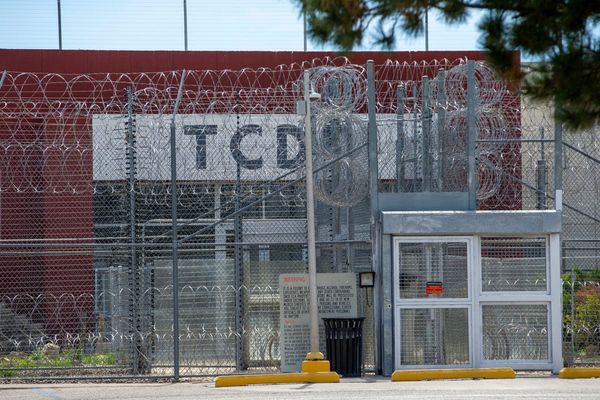
October WTI crude oil (CLV25) on Monday closed down -0.04 (-0.06%), and October RBOB gasoline (RBV25) closed up +0.0075 (+0.38%).
Crude oil and gasoline prices settled mixed on Monday, with crude falling to a 1-week low. Crude prices were under pressure Monday on the outlook for additional global oil supplies after Iraq said it agreed to terms with the regional government of Kurdistan to resume oil exports via a pipeline to Turkey that had been halted over the past two years. Losses in crude were limited, and gasoline prices rose due to dollar weakness and Monday's rally in the S&P 500 to a new record high, which shows confidence in the economic outlook that is bullish for energy demand.
Crude prices came under pressure on Monday after Iraq said it had agreed to deal with the regional government of Kurdistan to resume oil exports from the Kurdish region to a pipeline to Turkey that had been halted for the past two years over a payment dispute. The resumption of crude exports could add at least 230,000 bpd of fresh oil supplies to global markets.
Reduced crude demand from India, the world's third largest crude oil importer, is negative for oil price after India's Aug crude imports fell -2.9% y/y to 19.6 MMT.
An increase in crude oil held worldwide on tankers is bearish for oil prices. Vortexa reported Monday that crude oil stored on tankers that have been stationary for at least seven days rose by +14% w/w to 74.18 million bbl in the week ended September 19.
Ukraine has stepped up its attacks on Russian refineries and oil infrastructure, which is bullish for crude prices as it curbs Russian crude exports and tightens global oil supplies. Last Thursday, Ukraine attacked Russia's Salavat and Volograd oil refineries, halting around 300,000 bpd of refining capacity. Last Tuesday, Russia's Transneft Pipeline, which handles more than 80% of the country's oil, restricted the ability to store crude. Also, the Kirishi refinery, one of Russia's biggest refineries that has an annual processing capacity of over 20 million tons, halted crude processing after damage caused by a Ukrainian drone attack on Sunday. In addition, Ukrainian drone attacks have damaged Russian oil infrastructure and crude-exporting hubs along Russia's Baltic Coast. Ukrainian drone and missile attacks on Russian refineries have curbed Russia's total refined-product flows to 1.94 million bpd in the first fifteen days of September, the lowest monthly average in over 3.25 years.
Crude prices have support on concerns that the ongoing war in Ukraine could lead to additional sanctions on Russian energy exports, reducing global oil supplies. President Trump said that his patience with Russian President Putin was "running out fast" for continuing the war in Ukraine, and he threatened new economic sanctions against Russia. The US proposed that the Group of Seven allies impose tariffs as high as 100% on China and India for their purchases of Russian oil in an effort to convince Russia to end the war in Ukraine.
Crude prices also have support after OPEC+ agreed on September 7 to raise its crude production by 137,000 bpd, starting in October. This is less than the 547,000 bpd increase the group decided to boost output in September and August. OPEC+ also said restarting the remainder of the 1.66 million bpd crude production it had idled will be contingent on "evolving market conditions." OPEC+ is boosting output to reverse the 2-year-long production cut, gradually restoring a total of 2.2 million bpd of production by September 2026. OPEC Aug crude production rose by +400,000 bpd to 28.55 million bpd, the highest in over two years.
Last Wednesday's EIA report showed that (1) US crude oil inventories as of September 12 were -4.7% below the seasonal 5-year average, (2) gasoline inventories were -1.6% below the seasonal 5-year average, and (3) distillate inventories were -7.4% below the 5-year seasonal average. US crude oil production in the week ending September 12 fell by -0.1% w/w to 13.482 million bpd, modestly below the record high of 13.631 million bpd posted in the week of 12/6/2024.
Baker Hughes reported last Friday that the number of active US oil rigs in the week ending September 19 rose by +2 to 418 rigs, just above the 4-year low of 410 rigs from August 1. Over the past 2.5 years, the number of US oil rigs has fallen sharply from the 5.5-year high of 627 rigs reported in December 2022.







